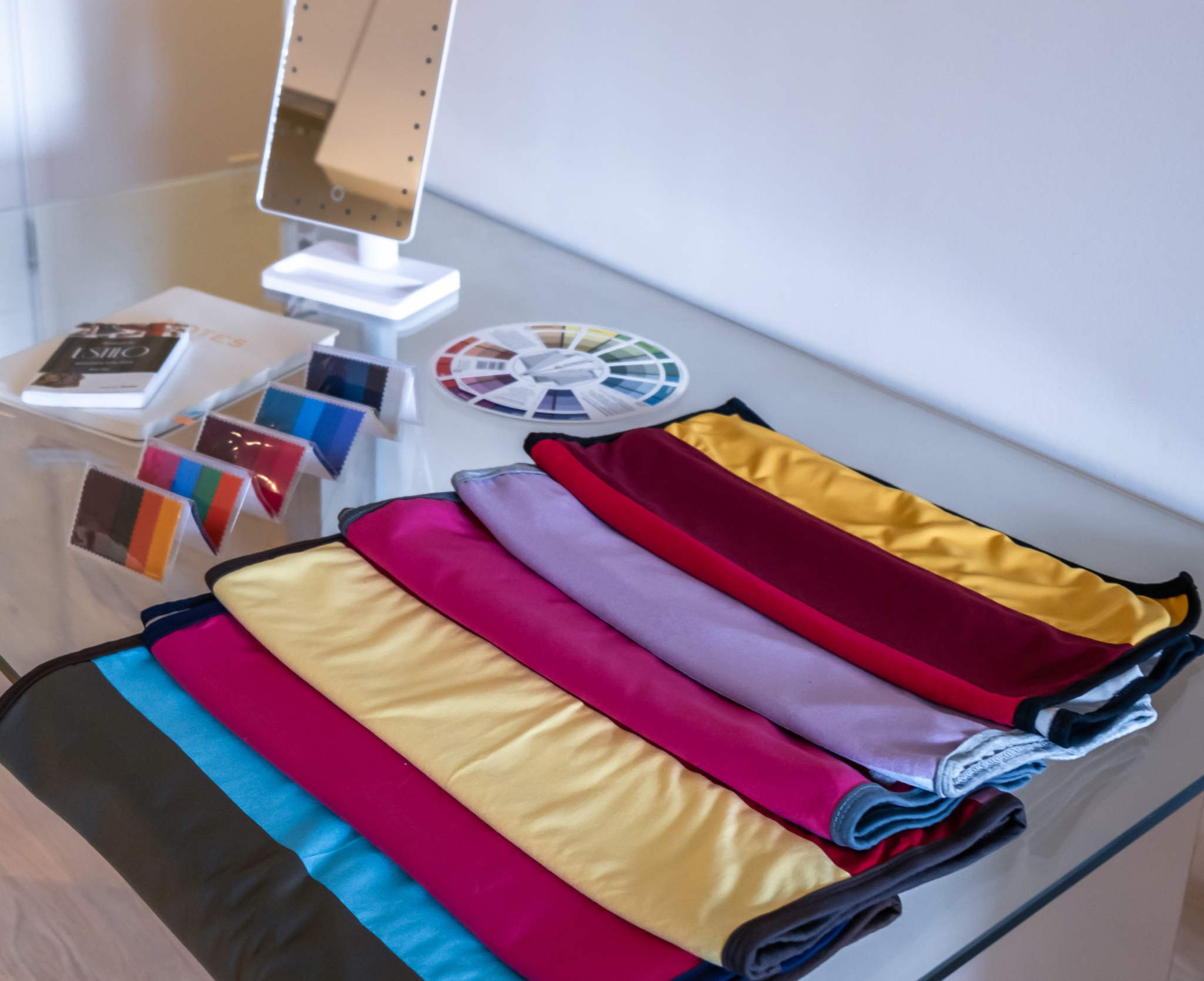My own tool box
Do you know there are many different personal color analysis methods out there? Yes, there are a couple of methods that are based solely on your visual characteristics. By analyzing your hair, eye colors, hair color, contrast, and veins, they can determine your color palette. Which, in my opinion, is an incomplete way to analyze someone, to say the least.
Then there are those that use drapes to help conduct the color analysis, combined with the observations described previously. But even within the drapes category, we have two main schools: the seasonal color analysis and the tonal color analysis. And of course, there are divergences within them.
You see, it is not a common consensus among color analysts which one is the best approach. This is why if you google ‘personal color analysis,’ you will probably become more confused than helped. But the fact is, the result that all of them pursue is finding the best colors for you.
As I mentioned in my last post, I took four different courses to understand the best approach. I eliminated some ideas, incorporated others, and essentially developed my own toolbox. This not only makes me feel confident and comfortable in using it myself but also allows me to share this perspective with colleagues. This is why I conducted a lecture with Ana Vaz a renowned Brazilian personal color analyst regarding comparison methodologies.
So yes, I basically went out there, did my research, and felt ready to guide and help you make sense of all of it, answer your questions and most importantly to make sure that by the end of your color analysis, you will have the best outcome.


